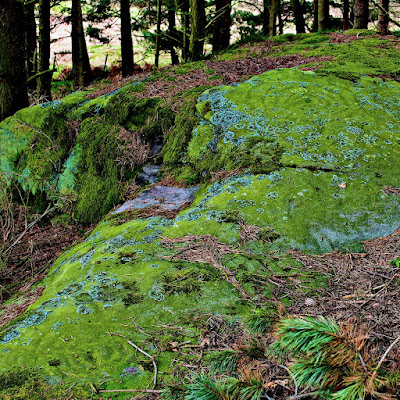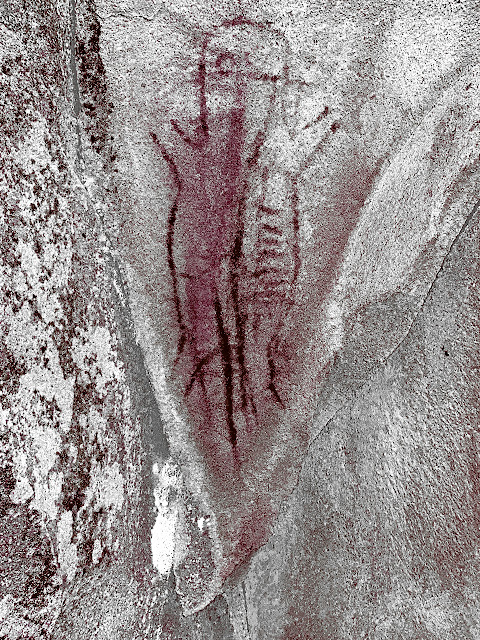Pastor Jón: Sometimes I feel it's too early to use words until the world has been created.
Embi: Hasn't the world been created, then?
Pastor Jón: I thought the Creation was still going on. Have you heard that it’s been completed?
— Halldór Laxness
STREAMS
Consider an image not as an object and even less as the substitute for an object, but to seize its specific reality. … the duality of subject and object is iridescent, shimmering, unceasingly active in its inversions.
— Gaston Bachelard
If disaster were to break apart the Earth during Yona's trip, her camera was the tool that would make the shattered pieces around her feel real. The moment the camera shutter clicked, the image in front of it was no longer a subject or landscape to photograph. It was a blank space in time. Sometimes short intervals of nothingness affected people more than long periods of actual life.
— Yun Ko-Eun
As if nothingness contained a métier,
A vital assumption, an impermanence
In its permanent cold, an illusion so desired
That the green leaves came and covered the high rock,
That the lilacs came and bloomed, like a blindness cleaned,
Exclaiming bright sight, as it was satisfied,
In a birth of sight. The blooming and the musk
Were being alive, an incessant being alive,
A particular being, that gross universe.
— Wallace Stevens
COMMENTARY
The photos and the texts each stand on their own as markers along the way. Here, this juxtaposition of these disparate texts with images of Neolithic rock-art carvings in a greenwood aims to open a third-space — reverberation — a process I learn from, how to see, a challenging engagement I enjoy. Recognizing, as Wallace Stevens further writes in the poem cited above: “Even our shadows, their shadows, no longer remain. The lives these lived in the mind are at an end.”
NOTES
— Halldór Laxness, Under the Glacier, 1968/Icelandic; trans. Magnus Magnusson. Laxness (1902-1998); born/died in Iceland; in 1955 awarded the Nobel Prize in literature.
— Gaston Bachelard, The Poetics of Space, 1958/French, trans Maria Jolas
— Yun Ko-Eun, The Disaster Tourist: A Novel, 2020/Korean trans. Lizzie Buehler
— Wallace Stevens from the poem The Rock in The Collected Poems, 1954.
— Ange Mlinko from the poem Naiad Math in Marvelous Things Overheard, 2013.
Weetwood Moor I explored hill-walking in north-central Northumbria, east of Wooler, near the Scottish border, several years ago. A well-documented place, this landscape — and this stone — change dramatically and continually over the thousands of years. And the future? … “I thought the Creation was still going on. Have you heard that it’s been completed?”
There's solace in the horizon: the nothingness above
divided by this teemingness below
makes room, by which we come to figure.
— Ange Mlinko










